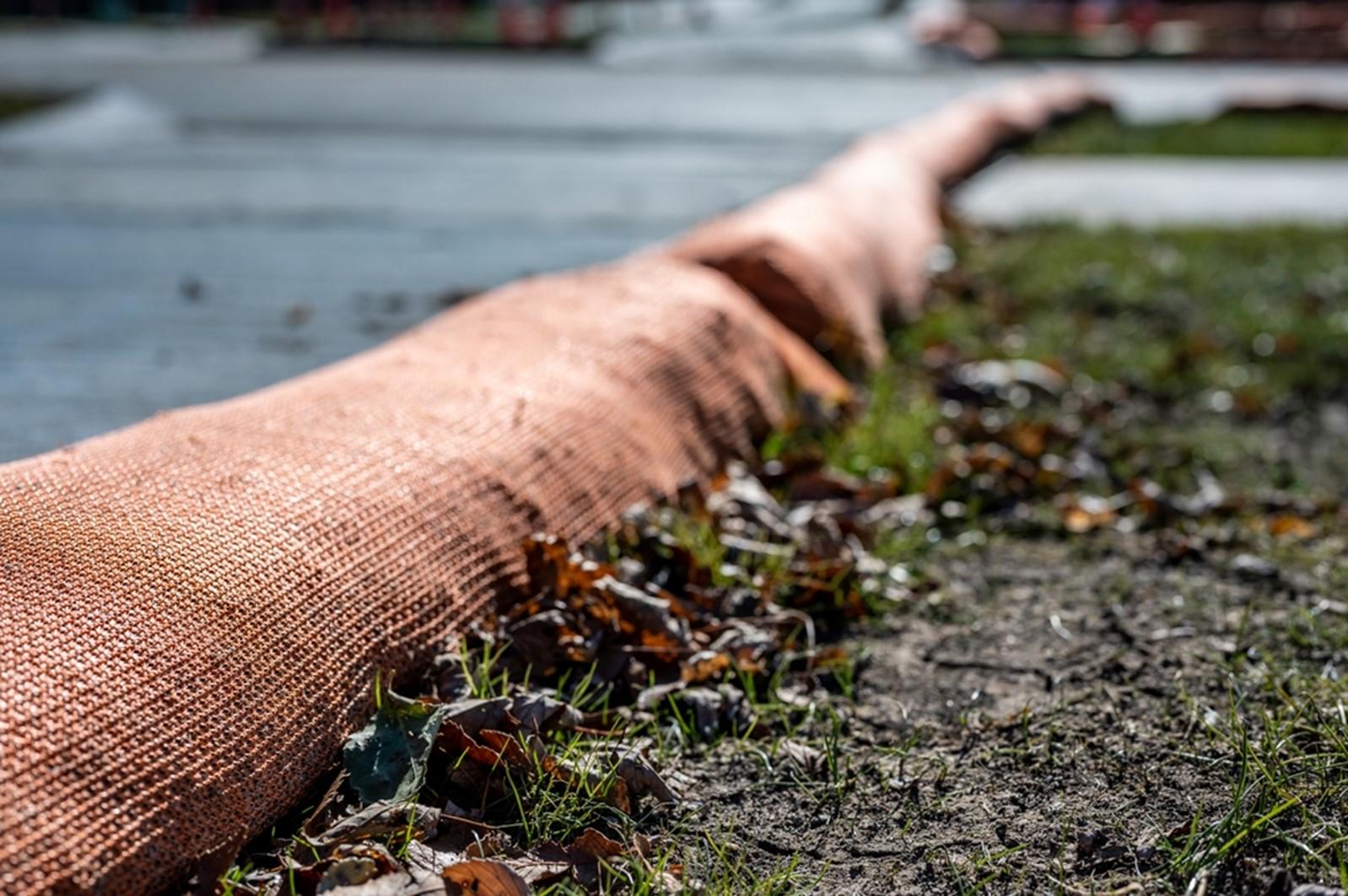Have you ever considered the immense impact that conventional methods of erosion control might be having on our precious planet? Or the shifts we need to instigate to ensure our initiatives are not sabotaging the very environment we’re trying to protect? Welcome to exploring the role of eco-friendly practices in managing erosion control. These questions form the crux of our dialogue today as we dive deep into the realm of sustainable development and ecological balance.
Understanding the concepts of erosion control, the best practices and methods being utilized worldwide, and looking into their environmental implications is our primary focus. We aim to shed light on the intersection of effective erosion control and sustainable practices—an area that needs urgent attention and widespread adoption.
Grappling with these complex impediments and contemplating just how eco-friendly our best practices really are, this discussion delves into the paradigm shift required in our methodologies and overall approach to harmoniously co-exist with nature while effectively controlling erosion.
Why is Eco-friendly Erosion Control Crucial?
Erosion, while a natural process, can cause massive problems when its pace is drastically accelerated by human activities and industrial progress. Often, the rapid pace of erosion leads to substantial soil loss, loss of fertility, and can cause severe damage like landslides and flooding.
Conventional erosion control methods, often led by industrial, economic motives stand a stark chance of intensifying the existing ecological imbalance. They tend to overlook the broader environmental implications in the pursuit of immediate remediation. And this is where the eco-friendly approach shines forth, proving its superiority over other methods.
By focusing on environmentally sustainable practices that work with the natural flow of erosion rather than against it, we can both control excessive erosion and engender a healthier environment.

What Constitutes Eco-friendly Erosion Control?
Eco-friendly erosion control primarily emphasizes working symbiotically with nature. From repurposing natural materials for slope stabilization, such as straw wattles, brush layers, and coir geotextiles, it’s about letting nature take its course in a controlled manner.
The strategies involve planting deep-rooted indigenous vegetation that can hold soil in place, turning to biodegradable mulches instead of synthetic ones, and even creating riprap – a human-made solution that employs rocks and boulders in a specific arrangement to combat erosion.
These practices prove that going green with erosion control can be beneficial from both an environmental and economic perspective. It’s a matter of carefully considering one’s options and understanding that concrete solutions are not always the most durable or sustainable.
When Should Eco-friendly Methods be Implemented?
Since erosion is a natural process, the best way to approach it is by adopting methods that work symbiotically with nature’s rhythms. Deploying these practices at the earliest stage possible is usually the best course of action.
Paying heed to environmental factors, such as topography, climate, and type of soil, is the first step towards an efficient and proactive approach. Planting appropriate vegetation based on the ecosystem, enhancing soil properties, to ensure optimal nutrition, and ensuring water flow management, should all commence swiftly to curb erosion before it escalates.
From there, regular monitoring and timely tweaks to the strategies employed further ensure their overall success, effectiveness and adaptability to changing environmental patterns.
Who Should Implement These Practices?
In truth, everyone from construction companies to homeowners and from farmers to governmental bodies can, and should, implement these practices. Eco-friendly erosion control is not confined to one industry or demographic. It’s a global responsibility that needs collective effort for stoppage.
There’s a growing awareness and increasing pressure on industries to incorporate environmental considerations into their processes, and this includes erosion control. Homeowners, especially those living in erosion-prone areas or near water bodies, also need to be proactive in implementing green erosion control strategies to protect their property and the surrounding environment.
Pros and Cons of Eco-friendly Practices in Erosion Control
Like any mode of intervention, eco-friendly practices in erosion control come with their set of pros and cons. On the plus side, these practices integrate seamlessly with local ecosystems, enhance biodiversity, improve water quality, and reduce carbon footprints. They are also cost-effective in the long run since they depend on renewable resources and require less maintenance once established.
On the downside, these practices might require more time to establish and exhibit effectiveness. In areas where rapid erosion is already taking place, these methods may not offer an immediate solution. However, when paired with complementary practices, even these challenges can be overcome in due course of time.
Conclusion
Erosion control is a complex issue requiring a delicate balance between human activity and natural processes. While conventional methods have been effective to an extent, they often pose serious concerns about environmental sustainability and ecological harmony. It’s time we start recognizing the potential and benefits of eco-friendly practices in controlling erosion.
Yes, these methods come with their unique challenges and may not offer quick-fix solutions. However, overcoming these limitations must be viewed as an investment in the future of our planet. Its returns? A more sustainable environment that thrives in a state of equilibrium. After all, in addressing erosion control, we are not just responding to an immediate need but also paving the way for a healthier planet for the generations to come.


